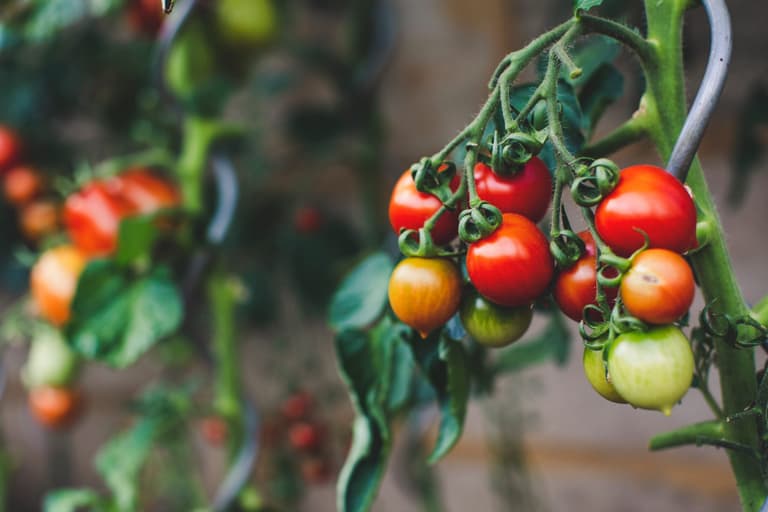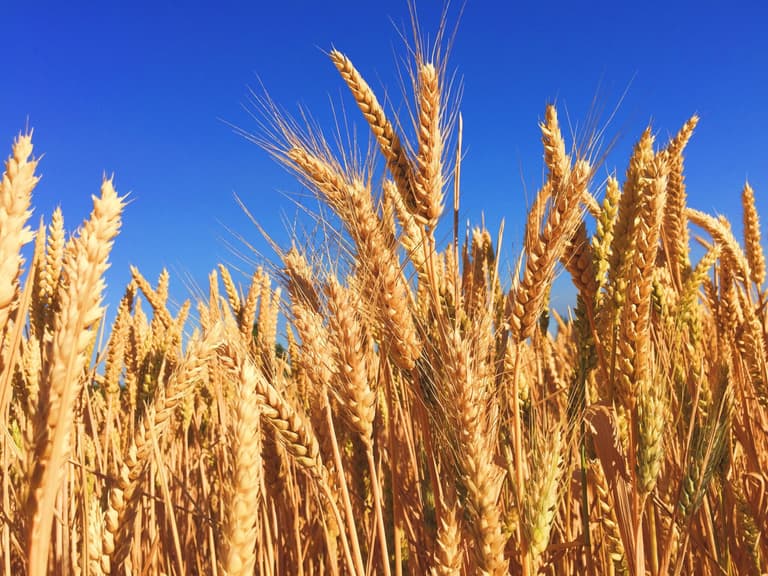Researchers are exploring new fermentation techniques to improve the production efficiency and quality of mycoproteins. This includes optimizing growth conditions, developing novel fermentation processes, and utilizing different strains of fungi.
Continuous Fermentation
Instead of batch processing, continuous fermentation involves a steady flow of nutrients and removal of waste products. This allows for a constant production rate and higher efficiency.

Solid-State Fermentation
In this technique, the fermentation process takes place on solid substrates such as grains, sawdust, or agricultural by products. It can enhance productivity due to its ability to utilize low-cost raw materials and reduce the need for liquid media.

Immobilized Cell Fermentation
Immobilization of cells onto a support matrix helps improve fermentation efficiency. It allows for reuse of cells, reduces cell washout, and provides better control over fermentation conditions.
Mixed Culture Fermentation
Utilizing a mixture of different microorganisms in fermentation can enhance efficiency. Synergistic interactions among various species can lead to improved nutrient utilization, increased production rates, and enhanced product quality.

Fed-Batch Fermentation
Instead of adding all the nutrients at once, fed-batch fermentation involves periodic addition of nutrients during the fermentation process. This approach helps maintain optimal nutrient levels, avoids substrate inhibition, and promotes higher yield.
Oxygenation Techniques
Efficient oxygen transfer is crucial for aerobic fermentations. By implementing techniques such as sparging, agitation, or oxygen vector systems, oxygen availability can be increased, leading to improved cell growth and product formation.
PH Control Strategies
Proper pH control can significantly impact fermentation efficiency. Implementing automated pH control systems can help maintain the desired pH range, ensuring optimal microbial growth and product formation.
Genetic Engineering
By modifying the metabolic pathways of microorganisms through genetic engineering, it is possible to enhance production efficiency. This can involve introducing genes for increased substrate utilization or product synthesis, resulting in improved fermentation outcomes.
Use of Sensors and Automation
Incorporating sensors and automation technologies can provide real-time monitoring and control of fermentation parameters. This enables better process optimization, reduced human errors, and higher efficiency.

Downstream Process Integration
Integrating downstream processes with fermentation can help improve overall production efficiency. By optimizing separation, purification, and recovery steps, it is possible to maximize product yield and minimize losses.
Novel Fermentation Processes that Use Different Strains of Fungi
Solid-State Fermentation: This process involves the fermentation of solid substrates such as rice, wheat bran, or corn using filamentous fungi like Aspergillus niger or Rhizopus oryzae.
Find out more
Submerged Fermentation
Also known as liquid-state fermentation, this process utilizes submerged cultures and uses fungi such as Trichoderma reesei for the production of cellulolytic enzymes or Penicillium roqueforti for cheese production.

Bioethanol Production
Fungi such as Saccharomyces cerevisiae and various species of Candida are used in bioethanol production through the fermentation of sugar or starch-rich materials.

Organic Acid Production
Fungi like Aspergillus niger and Rhizopus spp. are employed in the fermentation of agricultural residues or industrial waste to produce organic acids such as citric acid or gluconic acid.
Enzyme Production
Various fungal strains like Aspergillus spp., Trichoderma spp., and Penicillium spp. are utilized in the fermentation process to produce enzymes like amylases, proteases, cellulases, and lipases.
The field of fungal fermentation is vast, and ongoing research continues to explore new applications and strains for various industrial purposes.